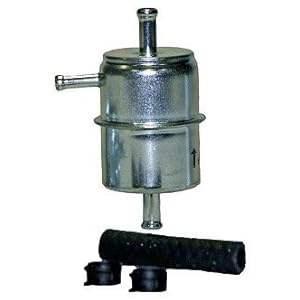KitCarlson
Well-Known Member
I am tired of smelling gas in the garage after driving. While my 66 Barracuda with Carter BBD runs well, it is time for adding evaporative emissions control. I considered going EFI however my car is very original, the changes required would be significant.
The plan is to use a Holley 2280 R-40214 from a 1985 Dodge truck 318. Other than the evaporative bowl vent system, the connections are similar to the stock BBD, for a simple swap. I have a good carbon canister in my parts stash. A 1/4" fuel line will extend the tank vent to the canister. I plan to mount the canister in the rear passenger side engine bay.
If anyone has already done this on an early-a, please share your experience.
The plan is to use a Holley 2280 R-40214 from a 1985 Dodge truck 318. Other than the evaporative bowl vent system, the connections are similar to the stock BBD, for a simple swap. I have a good carbon canister in my parts stash. A 1/4" fuel line will extend the tank vent to the canister. I plan to mount the canister in the rear passenger side engine bay.
If anyone has already done this on an early-a, please share your experience.



















